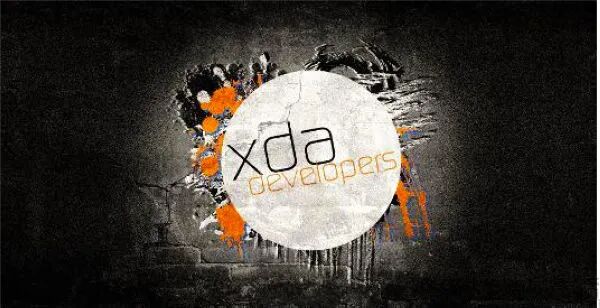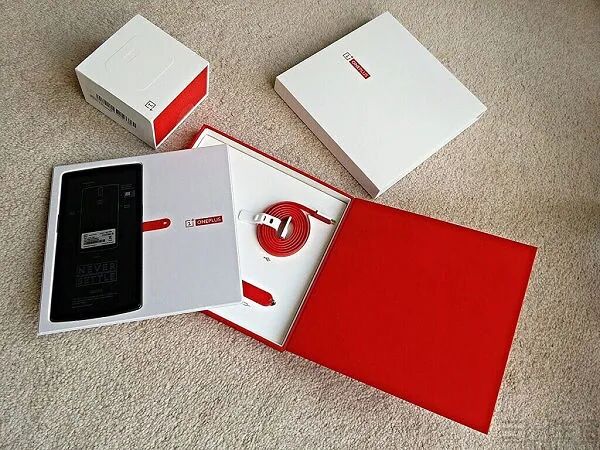One year ago, former Smartisan Technology CEO Luo Yonghao announced his exit from the smartphone industry with an article titled “A Confession from a Debtor CEO,” and both Luo and LeEco’s Jia Yueting have proven through their experiences of becoming “debtors” that the smartphone industry is not easy to navigate. In fact, after years of development, the smartphone market has entered a red ocean phase, with major manufacturers increasingly squeezing the survival space of smaller companies.

In today’s smartphone industry, characterized by intense competition and a dual focus on technology and capital, it seems less suitable for newcomers. However, some still choose to take the plunge. Recently, the well-known overseas Android developer community XDA Developers announced its entry into this business, turning the long-rumored launch of a smartphone into reality. On October 27, Nirave Gondhia, Chief Content Officer of the XDA community, stated that XDA has partnered with F(x)tec to launch the XDA Pro1-X, based on the F(x)tec Pro1 released at MWC 2019, which is compatible with LineageOS and Ubuntu Touch OS. It is reported that this model is currently crowdfunding on the IndieGoGo platform, priced at $639, and as of the time of writing, the crowdfunding project has already exceeded its target.

Founded in 2003, XDA is the world’s most renowned community for Android and other mobile device developers, boasting over 5 million active users. For many Android users, XDA represents a significant symbol from the era of “modding”. The Xposed framework, touted as the most powerful tool on Android, originated from a user in the XDA community, “rovo89”. Beyond Xposed, the community offers countless mods, ROMs, custom applications, and related tutorials, where users can find solutions to nearly all mobile development issues.

While XDA’s software capabilities are unquestionable and they have resolved funding issues through crowdfunding, the remaining challenge is to produce the product. In fact, unlike the Hydrogen phone project from high-end camera manufacturer RED, which relied on ODM solutions, XDA has partnered with British phone manufacturer F(x)tec, which launched the F(x)tec Pro1, a full-keyboard sliding screen model, after its establishment last year.

Thus, it is evident that the XDA Pro1-X smartphone is essentially built on the foundation of the F(x)tec Pro1. The most notable design feature of this model is its retention of the now-standard full-screen design while adopting a side-sliding full keyboard reminiscent of the Nokia N97, allowing users to choose between virtual keys and a physical keyboard. By sliding open the keyboard section, a complete QWERTY keyboard is revealed, making it quite distinctive. In terms of hardware configuration, the XDA Pro1-X is identical to the F(x)tec Pro1, featuring a 5.99-inch AMOLED curved screen, a Qualcomm Snapdragon 835 processor, and a storage combination of 6GB RAM and 128GB ROM. For photography, it is equipped with a front-facing 8-megapixel camera and a rear dual-camera setup consisting of a 12-megapixel (Sony IMX 363 CMOS) and a 5-megapixel camera. However, such specifications undoubtedly evoke a sense of nostalgia for 2017.

If the previous American startup TheLightPhone’s LightPhone 2, which sold a feature phone configuration at mid-range prices, relied on selling minimalism, focusing on digital health, and addressing anxiety over technology dependence, then the XDA Pro1-X, priced similarly to the iPhone 12 Mini, undoubtedly markets itself as “the first high-spec smartphone that can run Lineage OS or Ubuntu Touch OS out of the box.”

Compared to other Android models, with the support of Lineage OS and Ubuntu Touch OS, the XDA Pro1-X not only provides a relatively complete arm-Linux experience but also supports HDMI output via USB-C, allowing it to connect to a monitor and transform into a Linux desktop. It can also run Android applications within AnBox. Additionally, LineageOS, with its higher degree of freedom, offers stronger privacy protection, allowing users to have complete control over their data without worrying about “listening” from Google or other OEM manufacturers.

However, regardless of how XDA promotes this product, an awkward comparison arises: the predecessor of Lineage OS, CyanogenMod, collaborated with OnePlus, backed by OPPO, while Lineage OS can now only partner with an unknown British startup to launch such outdated hardware configurations. This reflects the declining status of developer communities like XDA, which, after the peak of Android modding and iOS jailbreaking, face a dwindling user base.

In the past, the need for Android smartphone modding arose because the operating system was not mature, coupled with generally poor app quality, leading to sluggish performance and lack of features. This necessitated modding to achieve more unofficial system-level functions and optimize hardware performance. However, Android has now advanced to its 11th major version, with the system’s smoothness, usability, security, and functionality reaching a high standard, and hardware has also made significant leaps. Whether it was CyanogenMod back then or LineageOS today, the advantages of being pure, efficient, smooth, and highly playable have diminished to just being pure.

In other words, the XDA Pro1-X, which has no hardware advantages, is a product aimed at fans or productivity tools, targeting those who dislike the bundled ROMs from Android OEM manufacturers and Google’s native systems with GMS, as well as the productivity tool attributes brought by the full keyboard and Ubuntu Touch. This makes the XDA Pro1-X destined to be a niche product for a minority, and in the current market environment, it might be more accurate to describe it as being born out of time. In fact, there are industry opinions suggesting that if XDA had taken an “unforeseen path” back in the day, the current situation could be very different.

The next opportunity arose after the Google Nexus 6P’s failure. In this timeline, OnePlus, which also emphasizes a native and pure experience, was established, and the selling point of the OnePlus 1 in overseas markets was its support for CyanogenMod. Due to internal conflicts between core members of the CyanogenMod team in 2015 and their choice to embrace Microsoft, the relationship with OnePlus ultimately broke down. If CyanogenMod had not parted ways with OnePlus, the XDA community might have gained greater influence in the current Android ecosystem, and Kirt McMaster’s boast of “replacing Google’s control over Android” might not have been impossible.

In summary, if the XDA Pro1-X had appeared in 2015 or even earlier, it could have been a product with a good chance of commercial success. However, in 2020, such a product may only receive support from the developers within the XDA community. Another unfortunate reality is that regardless of how out of time the XDA Pro1-X is, it may be the swan song for the beleaguered Ubuntu Touch operating system.
【Images in this article are sourced from the internet】Recommended Reading:
Home WiFi Technology, Evolving After 22 Years
As the number of connected devices in homes continues to grow, Qualcomm has introduced new solutions.
In-Depth Analysis of AMD Radeon RX6000: Secrets Behind the Performance Doubling
Discover the highlights of the newly released AMD Radeon RX6000 series.
